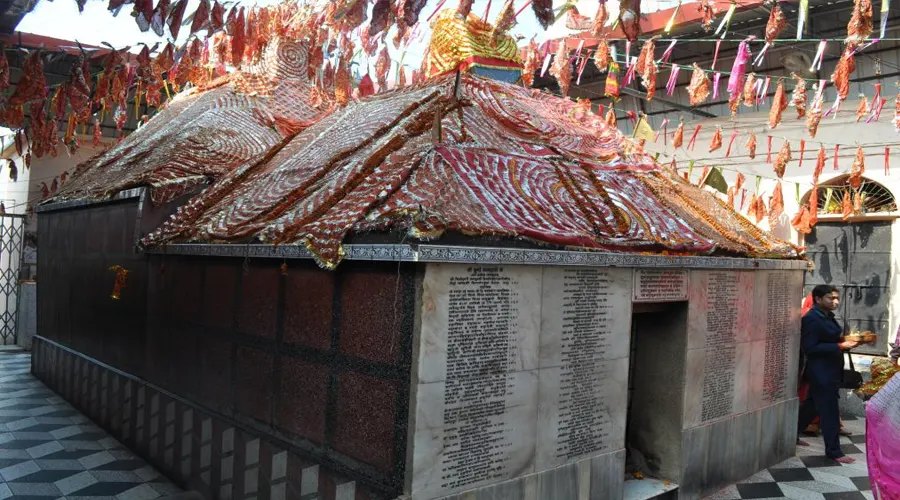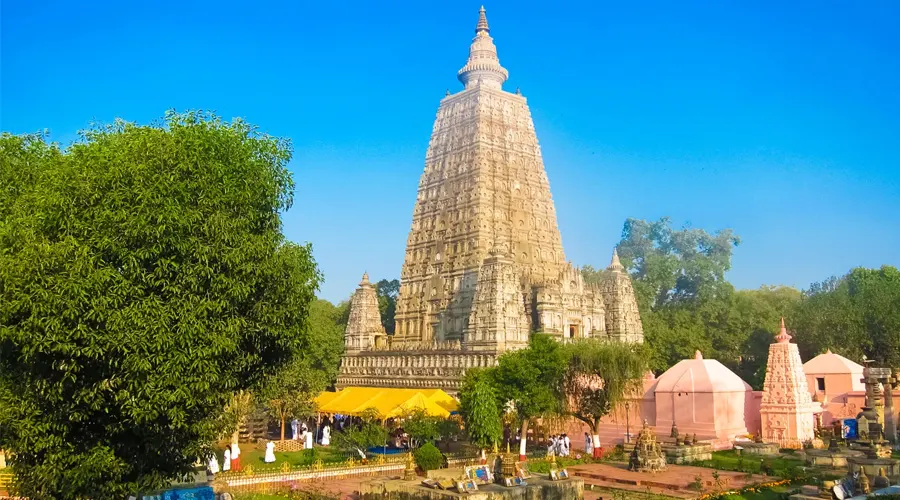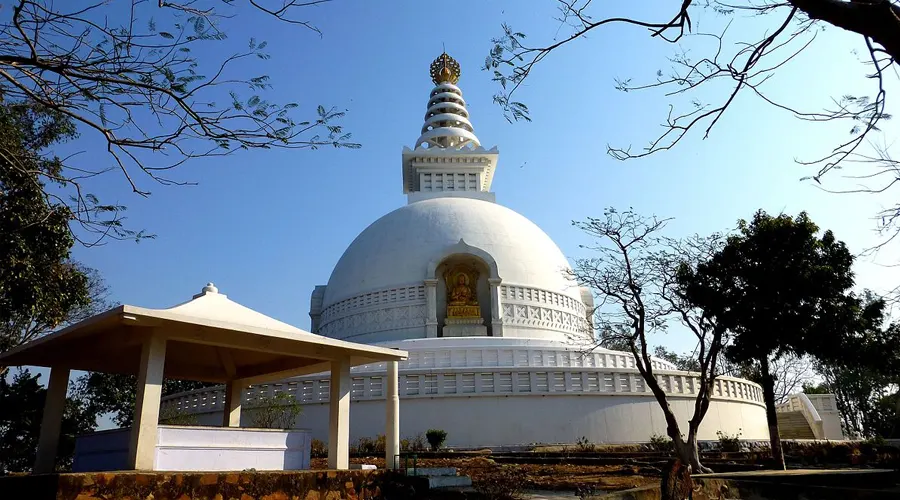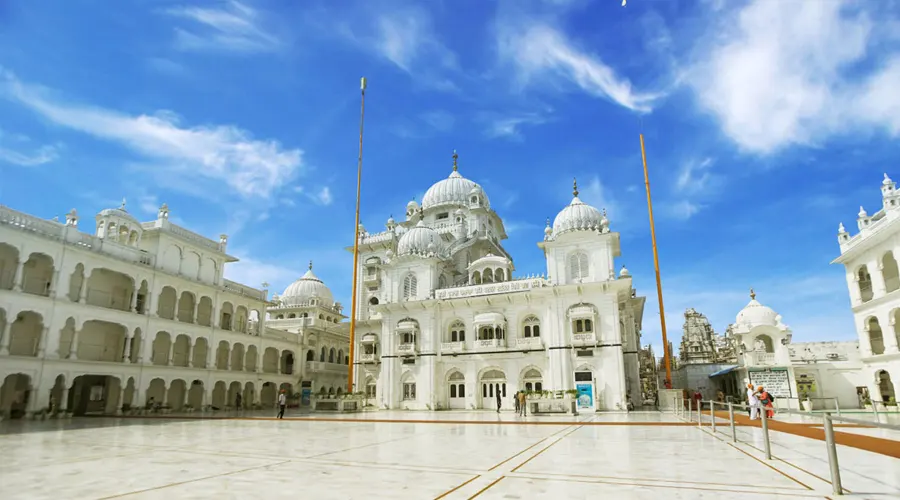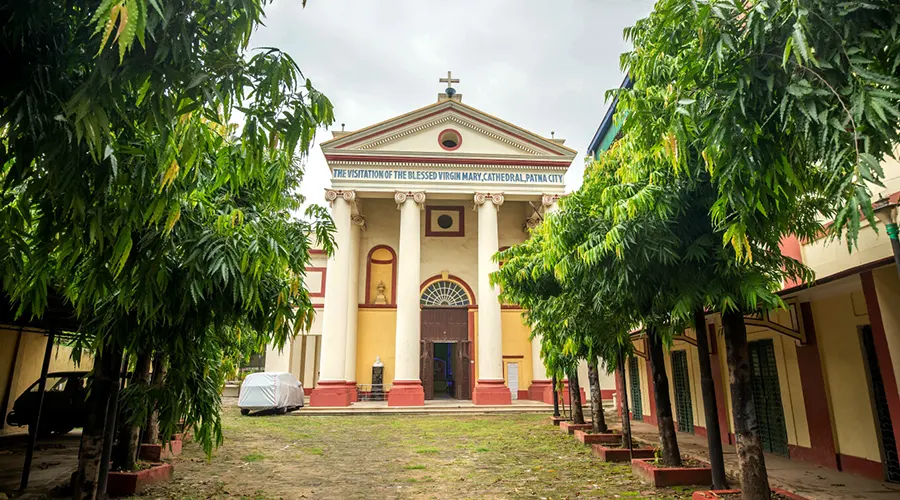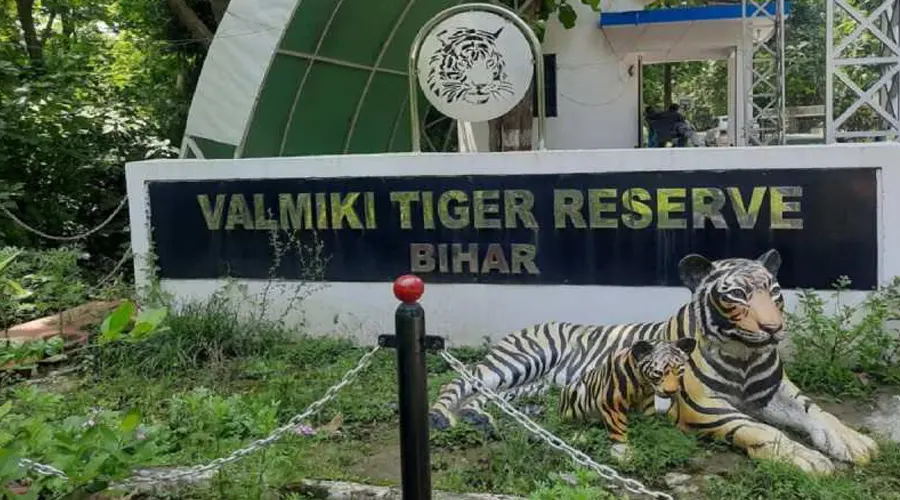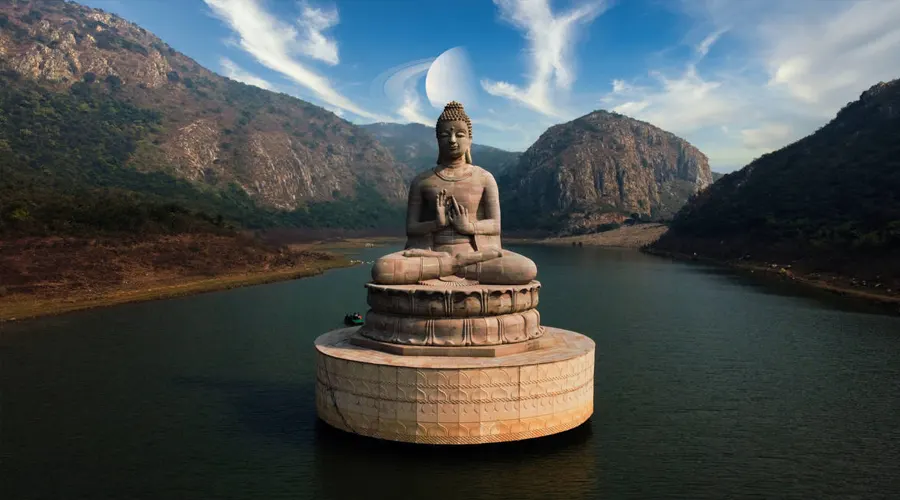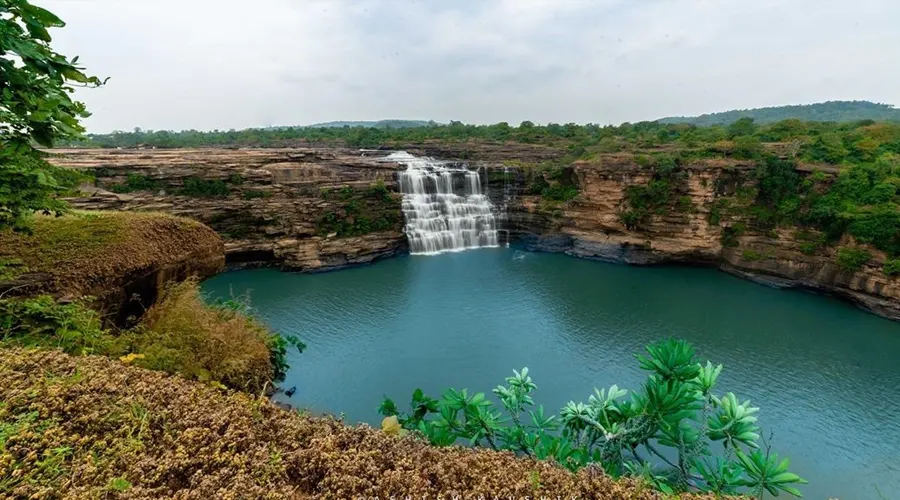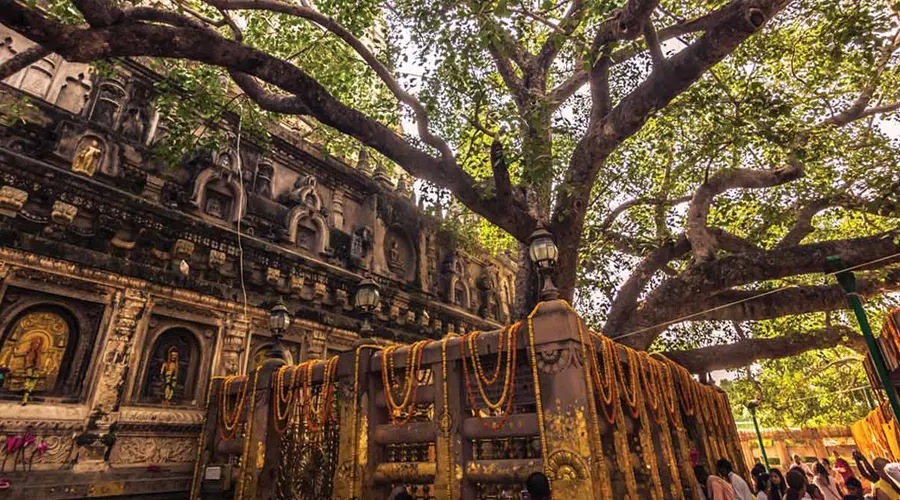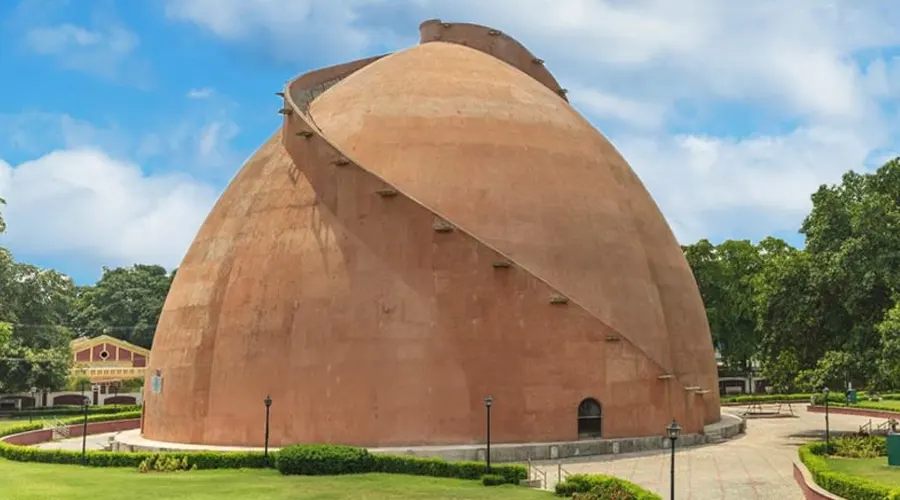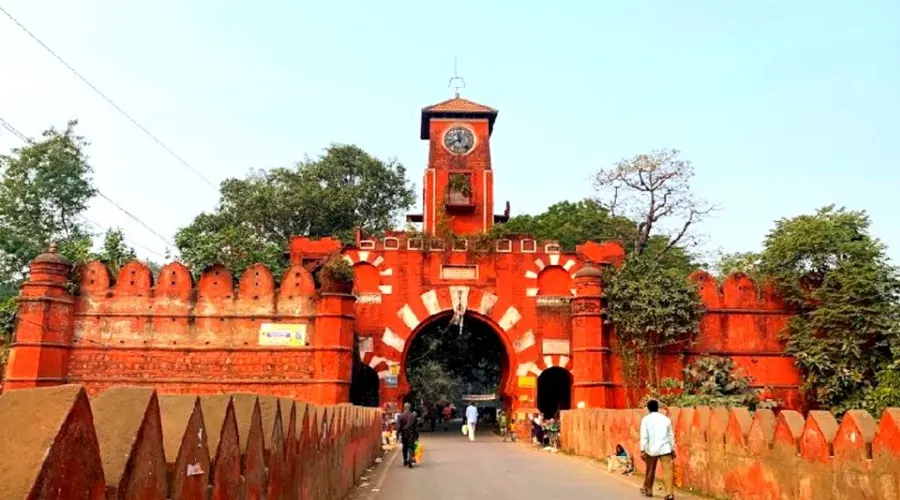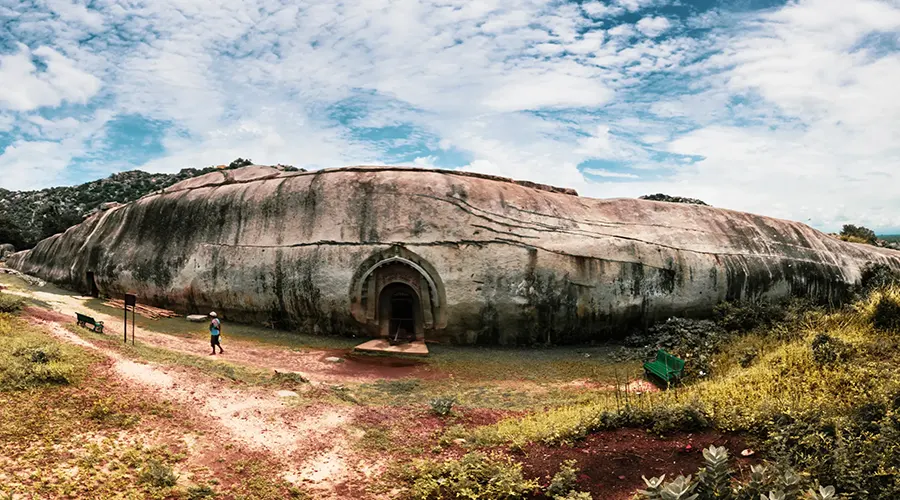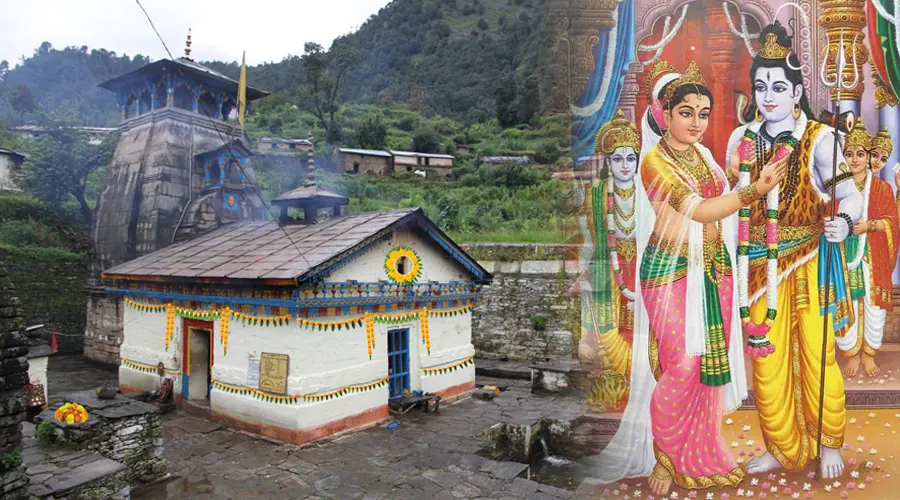Mangla Gauri Temple
Mangla Gauri Temple, built in the 15th century, is counted among the 52 Mahashaktipeeths dedicated to Goddess Sati where the body parts of Goddess Sati fell. The mother sitting on the hill is considered to be the goddess of benevolence. A special puja is organized here every Tuesday in the rainy season.
On this day women observe a fast so that their families prosper, and their husbands get success and fame. In this puja, 16 types of bangles, seven types of fruits, and five types of sweets are offered to Goddess Mangala Gauri and this custom has been going on since the beginning.
Various forms of Lord Shiva, Durga, Goddess Dakshina-Kali, Mahishasura Mardini, and Goddess Sati can be seen in the Mangala Gauri temple. The description of this temple is also found in Padma Purana, Vayu Purana, Agni Purana, Sri Devi Bhagavata Purana, and Markandeya Purana. There are also temples of Maa Kali, Ganapati, Lord Shiva, and Hanuman in this temple complex. Lakhs of devotees come to Mangala Gauri temple in the month of Navratri to have a darshan of Mata, which makes the view here captivating.
History of Mangla Gauri Temple
It is a very old temple built in the 15th century. We have to climb up a small hillock to reach the temple. The steps route is in between houses of local people. At the starting of steps route, there is the temple of Bhima (One of Five Pandavas). We can see his knee impression here. Here Bhima did Shraddhakarma, hence called as Bhimvedi Gaya.
According to various myths and traditions, there are 51 pieces of Sati’s body scattered across the Indian subcontinent. These places are called shakti peethas and are dedicated to various powerful goddesses. The body was separated part by part. Shiva passed through this place on his way back to Kailash with the dead body of Sati whose breast fell at this spot where the modern temple of Mangla Gauri stands.
History of Gaya Shakti Peeth
The present temple dates back to 1459 CE and was built on a hill called Bhasmakoot Parvat. The entrance to the sanctum is very small and devotees have to crouch to enter. An ‘Akhand Deep’ is kept lit in the temple for all 24 hours.
It is said that the highest of blessings are received just by the darshan of this Akhand Deep. This Akhand Deep has been burning since time immemorial and has never gone off. The sanctum also has beautifully carved sculptures on the walls.
Just outside the sanctum is a hall (Mandap). Outside in the courtyard is a place where Homas and Havans are done. There are other shrines dedicated to Lord Ganesh, Hanuman Ji, and Mata Durga on the temple premises.
Another shrine dedicated to Lord Shiva has a Shivling enshrined in the sanctum and Nandi outside.
Mangala Gauri Temple is known for its miracles and devotees come with the greatest of expectations. Gaya is majorly a Vaishnavite center and this is one of the few temples of the Shaiva sect.
It is also believed that a person can do his own after-death ceremonies (Shradh) whilst living in this temple. Also, Navratri is the main festival celebrated here. On Maha-Ashtami (the eighth day) there is a heavy rush of devotees.
Meditation and prayer in this temple during Navratri give great benefits, according to devotees.

